I typed this as I was sitting in ORD, drinking a cup of McDonald’s tea and awfully sleep-deprived. I started thinking about my tea adventures for the past year and half in China and Taiwan. When I started on my trip (the pirmary purpose, I should note, is not for tea) I think I knew very little. This blog started about half a year before I left for Beijing, and reading back to some of the very earliest entries, I can see that I had a very murky idea of what made a good tea. While I was not totally limited by access as many readers of this blog probably are, considering that I could buy all sorts of things from Hong Kong or even China, it was a lack of experience, knowledge, and confidence that hampered me.
Experience is easy to see, but hard to solve. No amount of reading or hearing about other people’s experience will make up for drinking the teas oneself. I can rant and rave about the sweetness of the Yiwu cake that I bought, or the complexity of the old oolongs I found in Taipei, or the stunning freshness of a top notch mingqian longjing, but until you’ve actually tried all those things in person, and also having had the opportunity to compare it to other Yiwus, oolongs, or longjings, it is difficult to truly get what it is that makes those teas great.
This is unfortunately where the problem of access to good teas becomes particularly acute. Most of the teas available to Western drinkers are rather limited in scope. Chinese teas (which is mostly what we talk about) are particularly problematic in that most of them have no branding or labeling. Anybody can buy a low grade longjing and tell you it’s top grade mingqian longjing. If you’ve never tried a true top grade mingqian longjing from somebody that is absolutely trustworthy, then how would you know what that is like?
Puerh is even more of a problem, despite the fact that they are actually branded and labeled. Here, the issue is that most of the cakes on sale through internet or real life vendors are mass-consumption, market oriented teas. Most of them are plantation tea (even if they have “wild old tree” emblazoned on the wrapper). The few vendors that do offer what seems to be higher grade puerh are usually sourcing it from the same one or two people. That in itself is a problem, because if you’ve had a few weeks of drinking through any one of the bigger Chinese tea markets, you’d know that the puerh world is very diverse. For a good that is purchased with a view to age, betting all your chips on one or two producers is actually an extremely risky move. At the very least, it might mean that 20 years down the road, the stash of tea might all share many of the same characteristics, because they are processed similarly. That’s fine if you like it, but if it doesn’t turn out to be to your liking… then we have a problem. When most experts can’t really agree on exactly what will make a good aged cake, that means that any one of the experts’ view could potentially be wrong.
Knowledge obviously includes experience, but it also encompasses things like objective facts that one can learn through books, the web, teachers, etc. Not all of these knowledge that can be easily acquired are necessarily true either. As Jason pointed out in his first article in the Art of Tea magazine, much of this information is conveyed to the Western drinker via vendors of tea. As you can imagine, they have an inherent conflict of interest when telling their customers things about the teas they’re selling. I’ve met literally hundreds of vendors by now, and I can say that not a single one of them have ever said a truly negative thing about their own tea that they’re trying to sell. Of course, one’s hope is that the vendor truly believes whatever that is being sold is a good tea, and oftentimes this is indeed the case. However, there are also those out there who will provide partial facts, use “vendor speak” (“interesting character” instead of “off taste”), and sometimes even deliberate misinformation just to push a tea. There are people whom I’ve originally regarded as a teacher, but whom subsequently I’ve discovered that they are merely somebody who wants to sell me tea. Understandable, of course, because they have to make a living out of it. But the moral of the story is, not everything told by a vendor is going to be true, and it’s best to compare sources.
Confidence is a byproduct of having some knowledge and experience. It takes confidence to know that a tea that you just bought is indeed good or bad (sometimes despite what people say). It also takes confidence in yourself to let the tea talk to you when brewing it, and make the necessary adjustments while making the tea, for example. But perhaps more importantly, it takes confidence to know that there’s always something that you don’t know, and that it’s ok to be wrong. I’ve definitely learned things from those who are complete tea novices, who don’t know an green from a black, but whose comments on teas I’ve made for them told me things that I didn’t think of, or didn’t know, or didn’t even consider. There’s a difference between opinion and fact. Everybody is of course entitled to their own opinion, but opinions, I think, can be wrong if based on incorrect assumptions or facts. I’m not a post-modern type, and I am so old fashioned that I think there is actually a truth somewhere out there (unreachable though it may be sometimes). When somebody thinks this young puerh has licorice notes in it, that’s an opinion that can’t be disputed. When somebody thinks this young puerh is old tree tea because the leaves are big, then… we’ve got a problem (young plantation tea can still have very big leaves/buds!). The first kind of opinions are things to which everybody can contribute. The second kind are errors that I see sometimes, and are things that I’ve committed from time to time. To the best of my ability, I try to rectify them as I learn about them. Drinking tea is humbling — there’s always somethings you don’t know.
Speaking of which, this McDonald’s teabag isn’t half bad. It has this keemun-eqsue sweetness in the back end that I generally associate with China blacks (maybe Kenyan or Argentinian or whatever blacks also do this? I don’t know). Since this is a blended tea, maybe there’s some Chinese teas in there. The slight sourness up front is a bit nasty, but… I’ve had worse.
And a belated Merry Christmas to everybody!




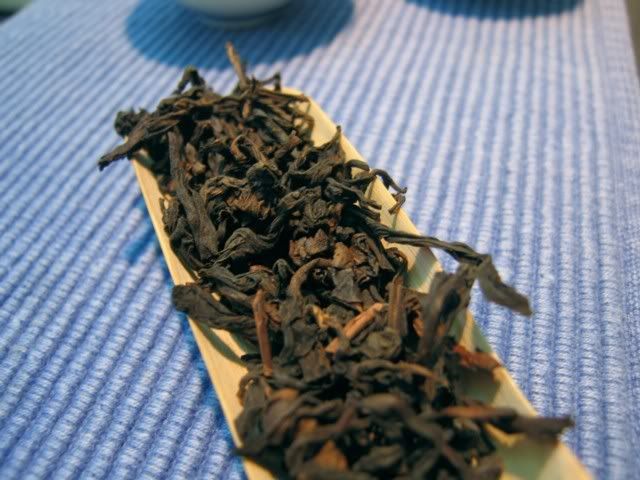
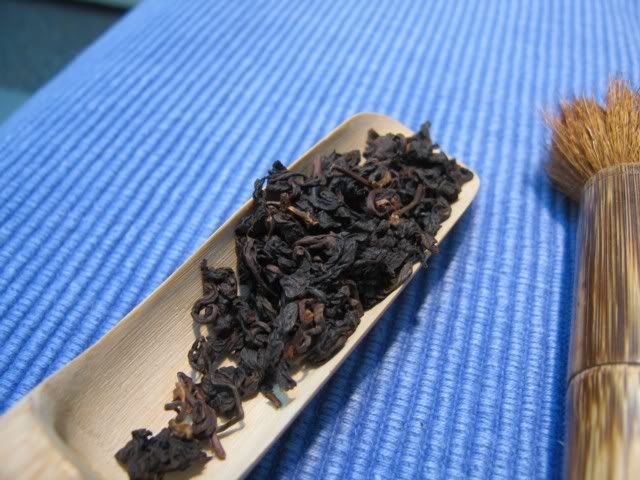

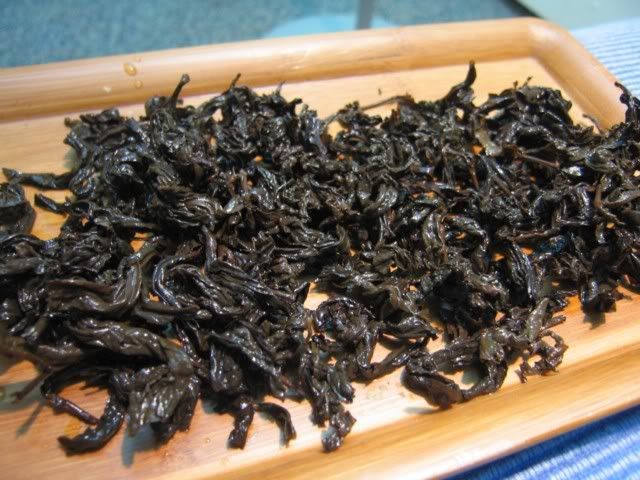
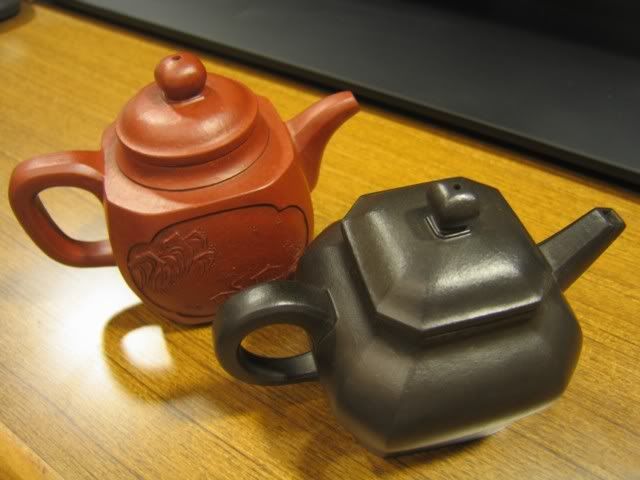
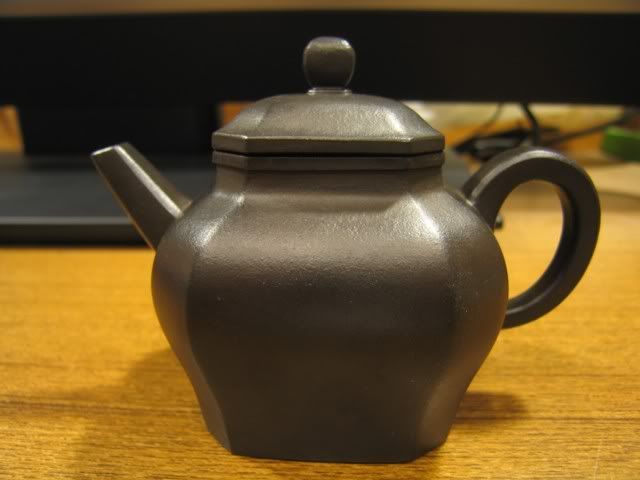
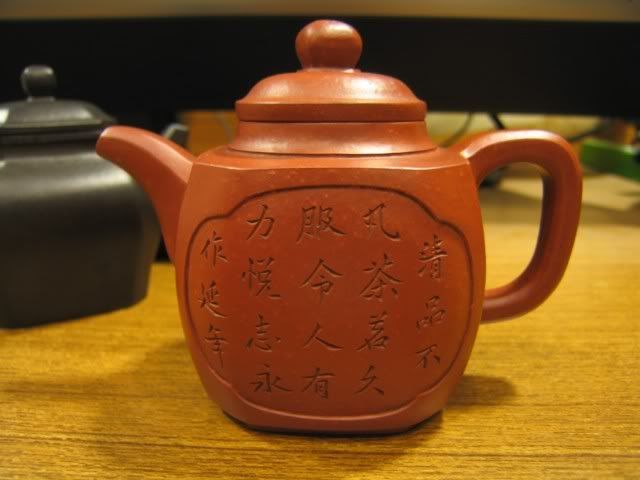
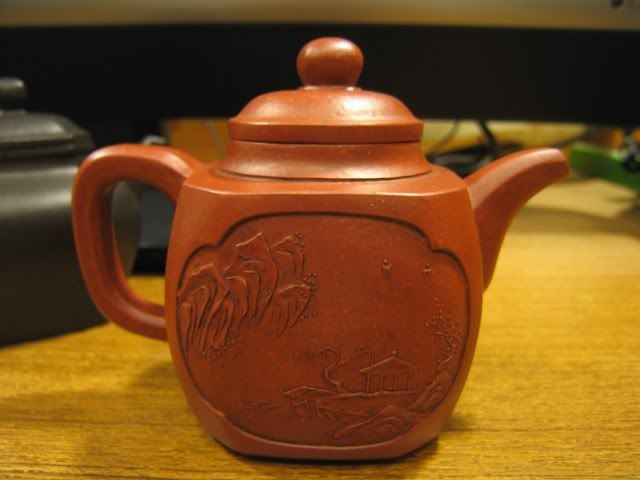
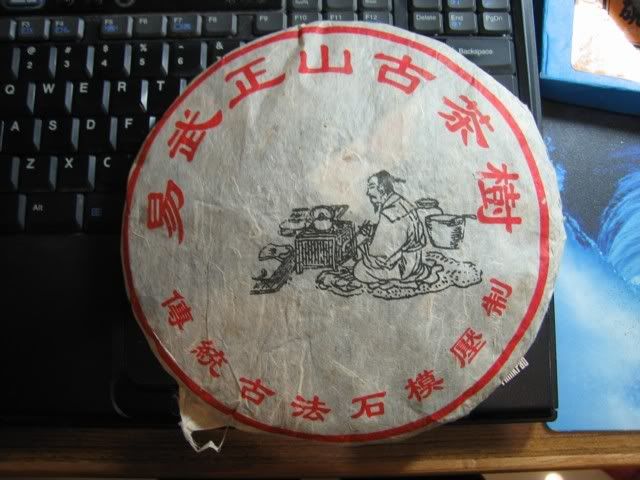
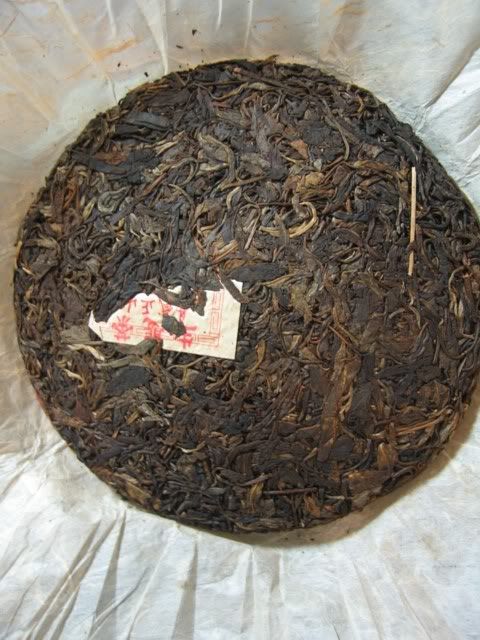


I just want to say that I still find your blog and writing extremely relevant. Thanks!